
Taito's Toyama Talks All Things Space Invaders Ahead of Upcoming Collections - Article
by Evan Norris , posted on 10 December 2020 / 3,573 ViewsThere are a lot of great video games out there, but only a handful are truly household names. Space Invaders, which arrived in arcades in 1978 and quickly became a sensation, is most definitely on the shortlist. The shooting game made millions, widened the video game industry, and influenced multiple games, genres, and video game designers. The Space Invaders franchise has gone through many permutations over the last 40+ years, but its status as a video game icon has never flagged.
To commemorate the legendary series, Taito commissioned Space Invaders Invincible Collection, an anthology of 11 Space Invaders titles that range from 1978 to 2018. The collection arrives in Western markets exclusively on Switch early next year, courtesy of a limited physical run from Strictly Limited. Note: a separate, smaller collection, Space Invaders Forever, will launch December 11, 2020, in physical and digital formats on both Switch and PS4 (the digital release date for the North American PS4 version is a few days later on December 15).
Ahead of the upcoming launches, I had the chance to pose several questions to Yuichi Toyama, Taito Development Division 2, who directed the Invincible Collection. He was kind enough to share his experience with the Space Invaders IP, his work with Tomohiro Nishikado — the creator of Space Invaders — and what we can expect to see in the anthology.
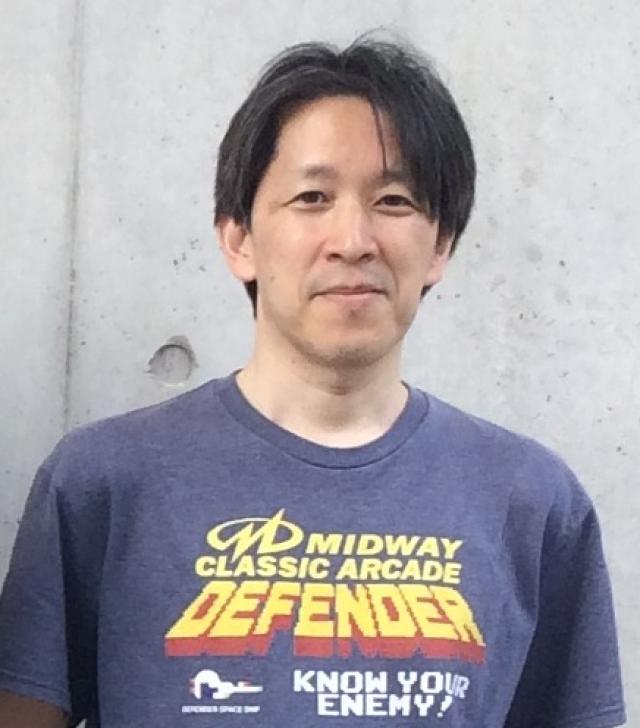
Q: Space Invaders is a foundational part of the video game industry. What was it like to work with/on such a legendary series?
Yuichi Toyama (YT): I think Space Invaders played a major part in shaping the history of video games and the arcade business in Japan as we know it today. There have been a few re-releases of the series, but we wanted to make this one the definitive product, so in that respect I felt a lot of responsibility.
Not only that, but the crab character from Space Invaders also forms Taito's corporate logo, and is used as the corporate character on the Taito Station arcade chains throughout Japan, so this adds to the feeling of responsibility.
There have been many Space Invaders ports, sequels, and derivative titles and licensed games released. From that vast number of titles, the process of putting together a product that players wanted and releasing it within the various restrictions was both fun and very taxing at the same time!
Q: Emulation is an important part of a collection like this. What steps did you take to ensure these arcade games performed accurately on Switch? (was there much play testing?)
YT: The arcade porting part of this game was done by Gotch Technology Ltd. They have an extensive track record of porting classic games for other companies, and Taito have worked with them too, including just recently, where they were responsible for the development of the arcade port of Bubble Bobble, included in Bubble Bobble 4 Friends. As a result, the porting work for Invaders was excellent too, and highly praised in test play by players familiar with the titles.
They don't do a lot of media interviews, but we've included an interview with them in the Collector's Edition booklet, in which they explain the technical aspects of the port and talk about the process involved. Apart from our usual extensive QA with an external testing studio, playtesting was done with the help of Fukkokuya, the winner of the 2016 Official Space Invaders Championship in Japan.
There are many Space Invaders players out there, but we don't know of anyone who has the same level of skill as Fukkokuya. If you're interested to see how good he is, there's a video of the Space Invaders Japan Championship, which is available in Japanese, so you can get a glimpse of his ability.
Q: Tell me more about Space Cyclone and Lunar Rescue. How do these titles fit into the Space Invaders universe?
YT: It's not a true part of the series, but the Invaders are depicted on the demo screen, so perhaps the game shows another battle that was happening on the moon while the Earth was being attacked by the Invaders?
By the way, the fuel is an important element in the game system of Lunar Rescue. When you use reverse thrusting during your descent towards the lunar surface, you burn fuel, but not when travelling back to dock. Common sense dictates this should burn more fuel, if anything, but when I asked Mr. Nishikado about this, all he could say was "Come to think of it, you're right... (laughs). There must be a dedicated fuel tank for ascending!"
Space Cyclone is built on a modified version of the Space Invaders arcade board using the lessons learned from that game, and developed by a team led by Tomohiro Nishikado, the creator of Space Invaders.
However, by the time it was released in 1980, other manufacturers, inspired by the success of Space Invaders, were launching new game after game on new hardware, and this meant very few Space Cyclones were ever made, its scarcity making it somewhat an urban legend. Mr. Nishikado believes one reason it didn't achieve success was that it was too difficult for its time.
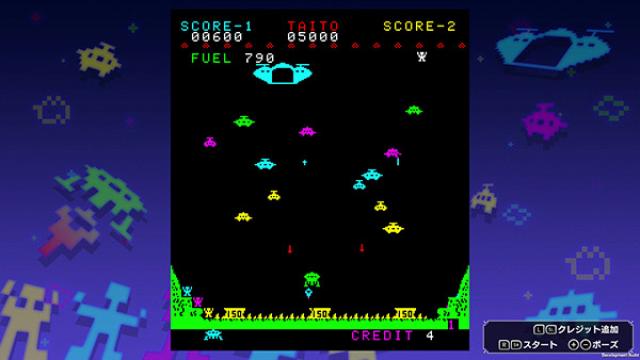
Q: Did you have any difficulty obtaining the games in the collection? Any trouble finding the source code or original circuit boards, and what has been the hardest task technically?
YT: Fortunately, we still have the arcade boards available and the majority of games from this era were mostly written in assembly, so not having source code isn't a problem. Mr. Nishikado preserved the Space Invaders source code and that is now archived at Taito, some of which is reproduced in the booklet included with the Collector’s Edition.
For some other titles, circuit board schematics were retrieved from microfilm in Taito's warehouse and provided to Gotch Technology for porting. You can read more about this work in the interview with Gotch Technology in the booklet. Some of the schematics taken from the microfilm were incomplete, so Gotch Technology analysed the circuit layout on the actual boards! Probably the biggest problem we encountered was locating and reproducing the original printed data like instruction cards and producing the book included in the Collectors Edition (laughs). Besides the booklet, SLG's Collector's Edition also includes a flyer and a 2-disc soundtrack CD, which we have been working on for some time now.
Q: Were any of the original developers or programmers involved in this compilation and if so what was their input?
YT: Nishikado-san was gracious enough to cooperate with our interview for the booklet and we also included an article featuring the person responsible for Space Invaders' sound: Michiyuki Kamei.
Both men remembered the work they were involved in over 40 years ago in great detail and were able to tell us many stories. Kamei hasn't been interviewed much before, so this was a rare opportunity to talk about game sound in the 1970s. In addition, there's an exclusive interview with the development team for the attraction version of Space Invaders Gigamax included in the English book. Unlike the attraction version, Space Invaders Gigamax 4 SE includes elements added with the help of the original development team and only available in this version.
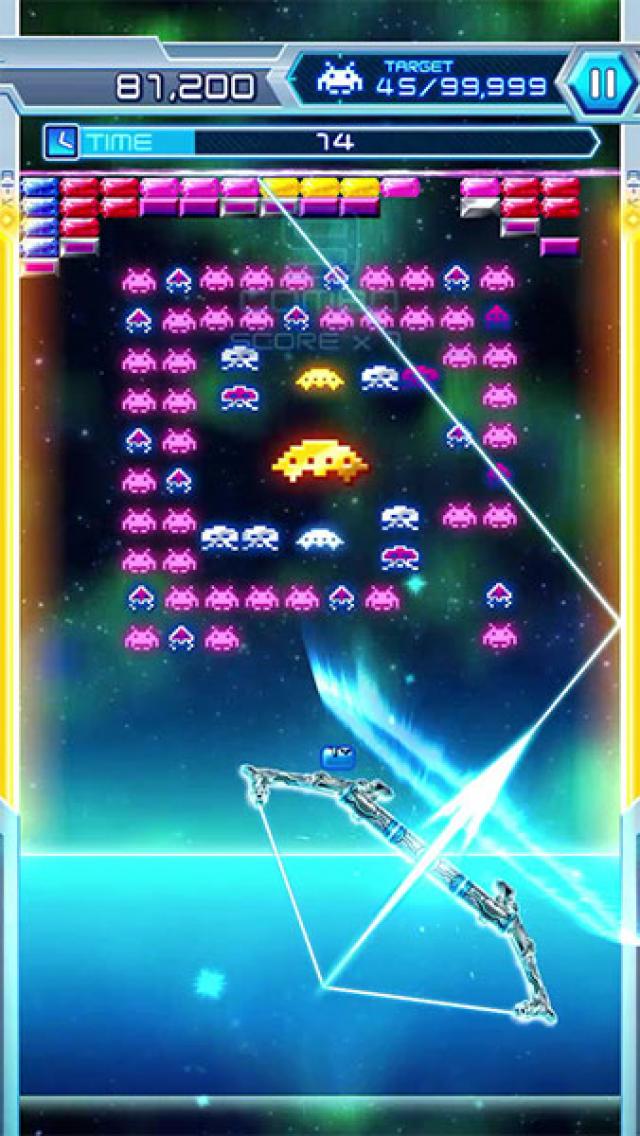 Q: How have you taken advantage of the Switch hardware for this release?
Q: How have you taken advantage of the Switch hardware for this release?
YT: Arkanoid vs Space Invaders originated on smartphones, so it's a rare game for Switch in that it doesn't use a controller at all: you just hold the device vertically and play using the touch screen. It's a great game, so we hope lots of people get a chance to play it!
Space Invaders Gigamax 4 SE can be played by four players simultaneously, and the Nintendo Switch's two Joy-Cons mean it's easy to get started with multiplayer.
It has an online ranking feature, which is a common feature in today's games, but is a rarity in a port of Space Invaders. In the heyday of Space Invaders, there was no such thing as online rankings, and Japanese arcades used to have the high scores of their players posted on the wall. I wonder how US arcades handled it?
Q: Speaking of Switch, there seems to be a demand on the system for retro games and collections. Do you think this is the case and why?
YT: It's a fact that many classic game ports have been released by a variety of publishers, and Taito has released titles such as Darius Cozmic Collection, Bubble Bobble 4 Friends, and The Ninja Saviors: Return of the Warriors.
Perhaps it's due to the Switch's system specs and performance being more than sufficient to run ports of classic games and its user base covering a wide age range making it a suitable platform for this type of game.
Q: Has there been any compromise in placing the collection of games on Switch?
YT: It's a pity that time constraints prevented the inclusion of some of the series' titles. We could, of course, have lowered the quality overall and fit more titles in the same time frame, but that was a compromise we didn't want to make. So we didn't compromise, and that's why we've been able to bring you a port of a game of unprecedented quality.
It's a bit of a cheat, but as a bonus feature, we've included a "UFO counter" in Space Invaders for you to use when you're practicing to improve your score (laughs).
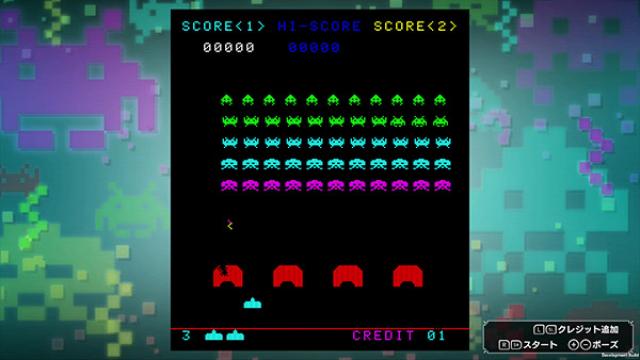
Q: What's your favorite game of the bunch, and why?
YT: Definitely Space Invaders. I still recall the first time I encountered the title in 1978, at the age of 11: it was such a revelation. It was also why I originally got involved in game development through programming; I wanted to be able to play Space Invaders at home!
Unfortunately, I couldn't recreate Space Invaders on a 1970s PC, but I went from programming in BASIC to learning assembler in order to get as close as possible. I'm sure there are programmers all over the world who started off in a similar fashion!
At the time, I had no idea how to make 55 invaders move smoothly on such a weak CPU, but later, as I learned to program, I realized that Space Invaders' game design was designed to make the most of the limited rendering power, and created a gameplay style that engaged the player and ultimately captured people's hearts. I got into game design through shooting games like Space Invaders, but it's fair to say I also learned about how to best use the limited processing power of the time when I became more involved in designing action games or RTS prototypes and had to think about how to move all the characters around. In that way, I think Space Invaders is a textbook title for game programming.
Q: Which is the rarest game in the collection?
YT: That would be Space Cyclone. It was never in operation in the arcades in my hometown, so I didn't get to play it at the time, and I actually didn't even know about it until I attended the Retro Games A La Carte event in Numazu, Shizuoka Prefecture in 2016. That was just before I joined Taito.
The event was excellent, and it was here that I met Tomohiro Nishikado for the first time and also one of the reasons why I moved to Taito.
1980 saw the release of several "talking" video games, but Space Cyclone was the first of Taito's titles to feature speech synthesis. The Japanese version has a cute voice, but the deep tones of the international version are also interesting too! If you change the language setting on your Switch, you can try them both!
The Japanese version is voiced by a woman who was working at the desk next to Mr. Nishikado at the time, but the overseas version is voiced by an unknown man. He speaks in fluent English, so perhaps he's not Japanese...
The game was a bit challenging for its time, and that's probably why it didn't see wider distribution. This might be due to Mr. Nishikado only being given a very short period for development and tuning at the time.
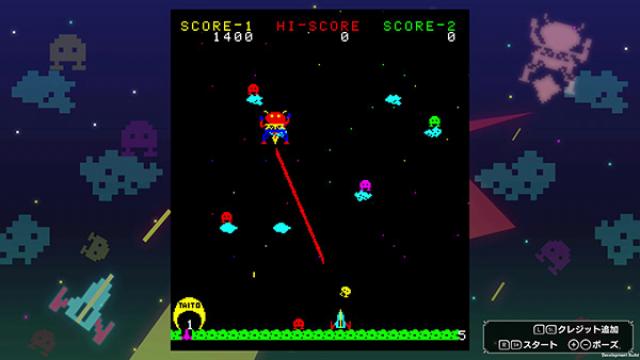
Q: Which collection or game would you like to work on next?
YT: I don't know whether it will become another collection or not, but it's still in the planning stages, so I can't tell you! Sorry!
Q: Why do you think the Space Invaders brand has been and still is so popular?
YT: In 1978, there was no other game which compared to fighting off 55 invaders with the additional strategic element of avoiding their attacks, and that won the hearts of the players who played it.
I think it's because the simple, but memorable characters and animation, designed in 8x8 pixels, spread all around the world when the game first hit and left their mark in people's memories.
One of the reasons why the character of the Invader was such a hit is because of its simple and distinctive form, which made it easy to identify and leave a lasting impression on many people. From the 1970s to the present, many ports and derivative titles have been released on a variety of platforms, which is another reason for the game's popularity.
In Japan, the game has become part of the urban landscape, with the Invader used as the sign of Taito Station, Taito's arcade chain, and seen on a wide variety of merchandise too. You can find out more about the merchandise in the color pages of the game's booklet.

Q: Finally would you like to create a completely new Space Invaders game utilizing the very latest processors and console technology, and is this a possibility?
YT: It may not always utilize the highest spec or latest games hardware, but Taito has been consistently introducing Space Invaders spin-offs over the years, either through licensing or through an attraction-like approach. So I'm sure we'll see even more new Space Invaders in the future! Recently we've seen games like Space Invaders Frenzy, Space Invaders Pinball Jam, and Space Invaders Counterattack released.
The latest is Space Invaders Cybermax, a full-body game that uses special sensors to detect human movement which can be played at the Kashima Soccer Stadium in Kashima, Ibaraki Prefecture. The aim is to protect the Earth and the city of Kashima by fighting off the Invaders by stepping on them. I hope this game will attract more than just football fans to the stadium (laughs).
Releasing games on the latest consoles is great, but we don't want to limit ourselves to just those platforms or ways of interacting with the games.
I'd like to thank Yuichi Toyama for his time, his thoughtful responses, and for shining a light on the ways Space Invaders influenced the video game industry and his own career in game design. I'd also like to thank PR Hound for arranging the interview.








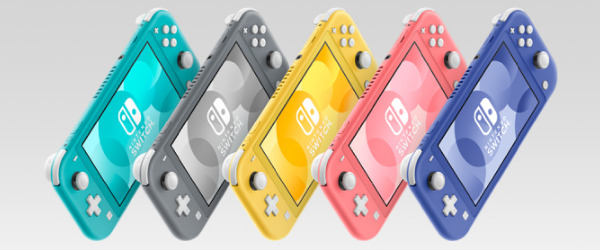
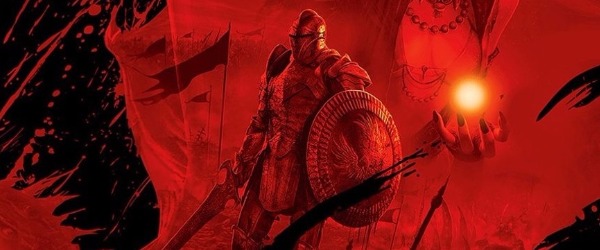

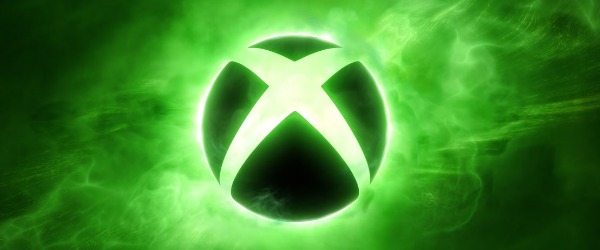










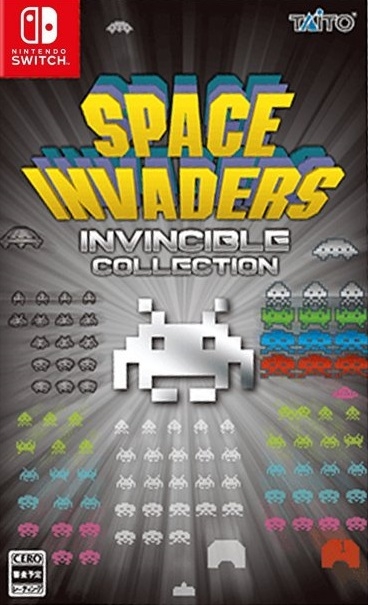










 Essay Pro
Essay Pro